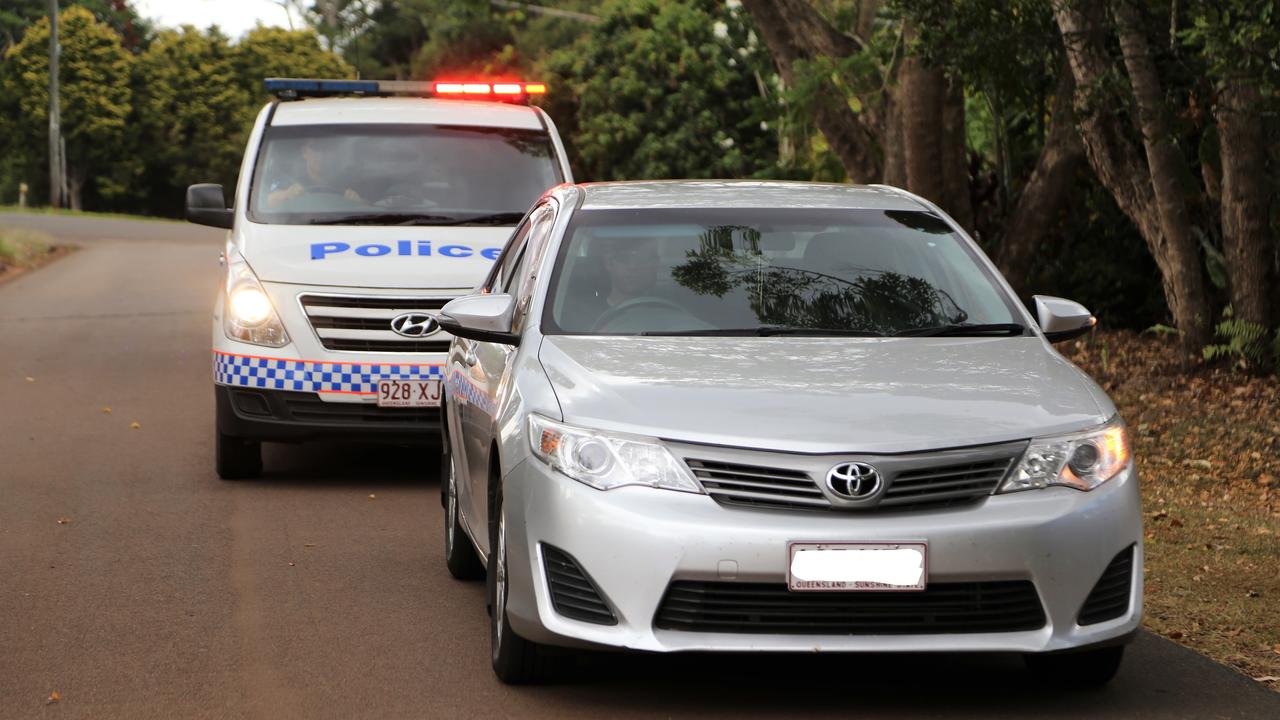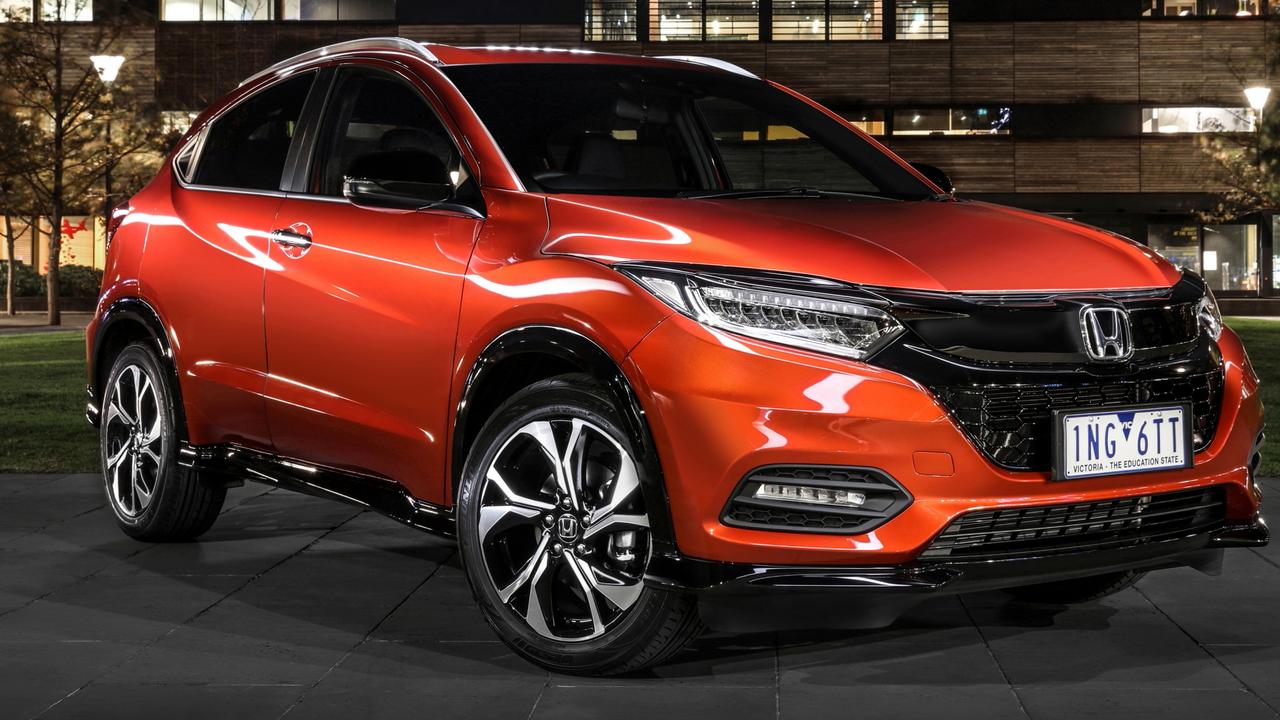Centre airbags, side mirrors, cameras: Hi-tech cars that will change how we drive
Cars are becoming smarter by the minute and some exciting new tech will debut this year in some of the most popular vehicles on the road.
Motoring
Don't miss out on the headlines from Motoring. Followed categories will be added to My News.
Technology has become the new battleground in the car industry, with manufacturers turning to new entertainment, connectivity and driver assistance features.
This fresh tech will make new cars more advanced than ever this year.
Famously outspoken Tesla founder Elon Musk suggested 2020 could be the year drivers “essentially fall asleep and wake up at their destination”.
That isn’t going to happen in the next 12 months in Australia and it’s unlikely we’ll have self-driving cars until the next decade.
Cars are, however, becoming smarter by the minute and some exciting new tech will debut this year.
Driver aids
Manufacturers are loading cars with advanced driver aids to address increasingly stringent safety standards and meet customer expectations.
Affordable hatchbacks such as the Toyota Corolla and Mazda3 can automatically keep a safe distance to the car in front on a freeway, accelerating and braking without intervention from the driver.
Some luxury cars go further with technology capable of handling driving duties in low-speed traffic jams.
The next-generation Toyota Yaris is due in showrooms mid-year, will keep itself in the centre of the lane, detect pedestrians and cyclists detection and slam on the brakes if it senses a collision.
The Yaris will cost less than $20,000 on the road, and a new hybrid option will make it Australia’s cheapest petrol-electric car.

Centre airbags
The Yaris will also be the most affordable car with a centre airbag designed to prevent front occupants injuring each other.
James Goodwin, chief executive of the ANCAP crash testing body, said airbags placed between seats “can lead to a significant reduction in injuries”, and that they will become common in years to come.
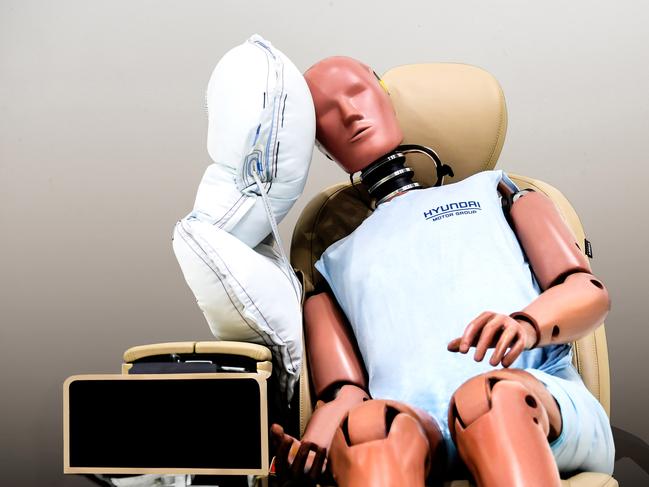
Mirrors in the rear view
Side mirrors will begin to be phased out this year as carmakers turn to high-definition cameras and digital displays. Audi’s Tesla-rivalling e-tron electric SUV looks likely to be the first car in Australia to ditch mirrors in favour of high-tech cameras when it arrives mid-year. The luxury brand claims the technology adds about 2.5 kilometres to its 436 kilometre total range by reducing wind resistance.
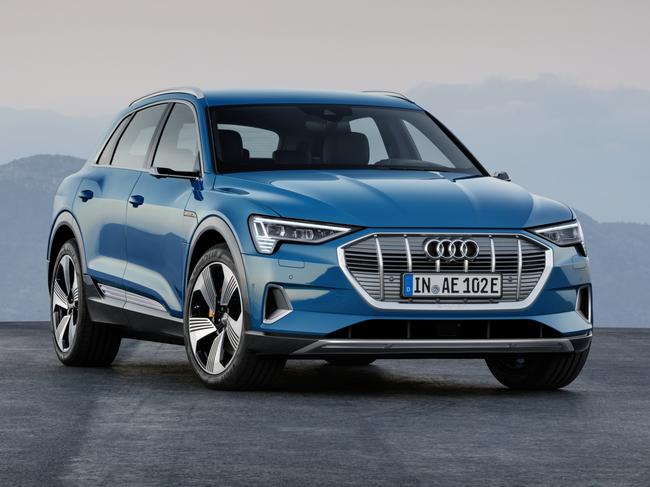

Mercedes-Benz will swap oversized rectangular mirrors for roof-mounted cameras and iPad-like cabin displays in its Actros heavy trucks this year. The digital mirrors reduce glare, offer variable angles, serve as a security camera when trucks are parked and improve fuel economy.
McLaren’s upcoming Speedtail will be the fastest and most expensive car on sale in Australia when it lands, fetching about $5 million once taxes are considered. While fabulously wealthy owners aren’t likely to worry about fuel consumption, tiny digital cameras linked to digital displays help the Speedtail scythe through the air at 403km/h.
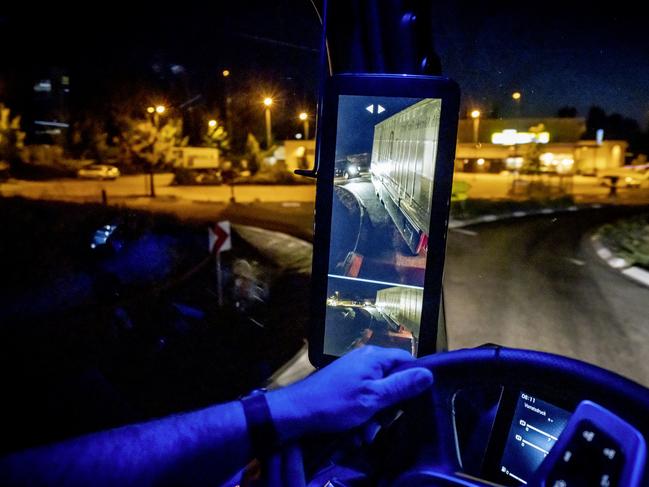

Clever cameras
Other manufacturers including Nissan are using external cameras to avoid the shortcomings of the traditional rear view mirror. Mirrors only work when the view through the back window is unobstructed but the camera gives a clear view of the road behind even if the rear of the car is loaded to the roof with luggage.
The new Land Rover Defender’s “ClearSight Ground View” allows drivers to “see” through the bonnet to the surface underneath the car, helping them place the car accurately and avoid boulders and other obstacles. The view is displayed via a video feed on a dashboard screen.
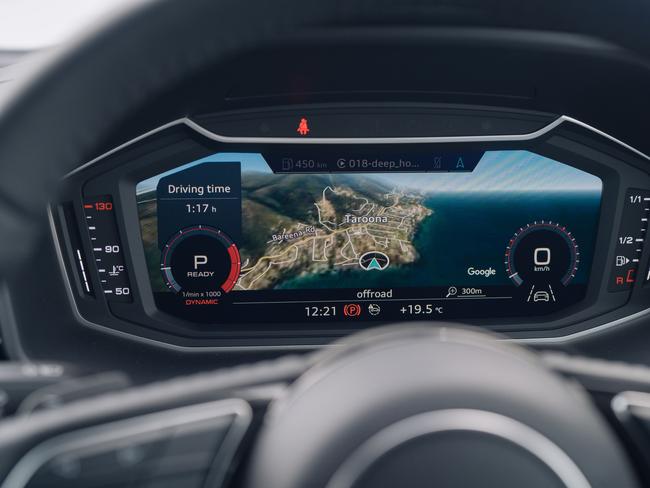
Keys to success
The Defender also introduces Land Rover’s next-generation activity key, a waterproof digital watch pitched toward outdoor sports enthusiasts that can lock, unlock and start the car.
Conventional keys are an endangered species in luxury cars, a trend set to make its way to regular vehicles in 2020.
Tesla and BMW have cars that allow you to use your smartphone as a key. You can even grant temporary key access to friends and family.
Volkswagen’s new Golf will bring the same tech for about $30,000 in the fourth quarter of the year.
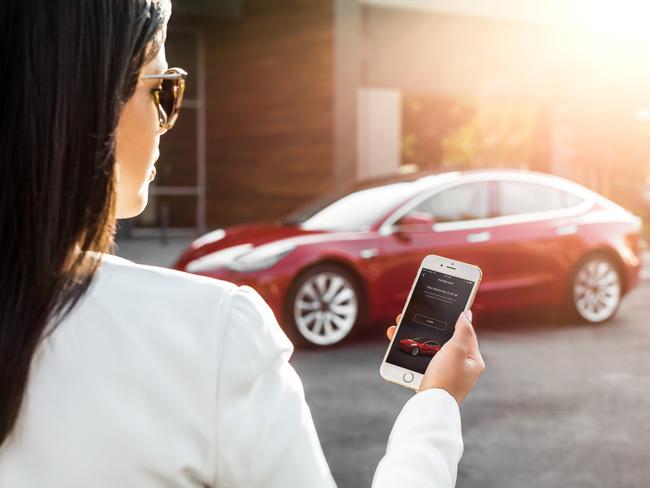
MORE NEWS
Eight brands hit by airbag recalls
VicRoads lashed over Takata airbag safety
VW cops record $125m Dieselgate fine
Mini turns 60: How the famous car has changed
Connected cars
The Golf joins scores of cars replacing physical speedometer dials and needles with a digital display screen in front of the driver.
The screen can be configured to display different menus, including a satellite navigation image.
It will also have smart voice recognition similar to Apple’s Siri or Google’s Alexa.
Drivers can simply say “I’m hot” to turn up the airconditioning without reaching for the centre console.
Buy a new Benz and you can go further, finding nearby restaurants by saying “Hey Mercedes, I’m hungry”.

Many new cars offer Apple CarPlay or Android Auto, features that mirror smartphone features such as music, mapping, podcasts or voice-based text messages on a car’s dashboard.
Volvo aims to better that with its new Polestar 2 electric car, the first model with on-board information and entertainment features powered by Google. The tech giant’s software expertise promises to make navigation, entertainment and comfort a more straightforward proposition likely to flow to cheaper cars in the future.
Audi’s voice recognition is among the best in the industry, and its new “Connect Plus” suite is smarter than most. When you need fuel, it will show you nearby service stations and display prices to make sure you get a good deal.
Originally published as Centre airbags, side mirrors, cameras: Hi-tech cars that will change how we drive

